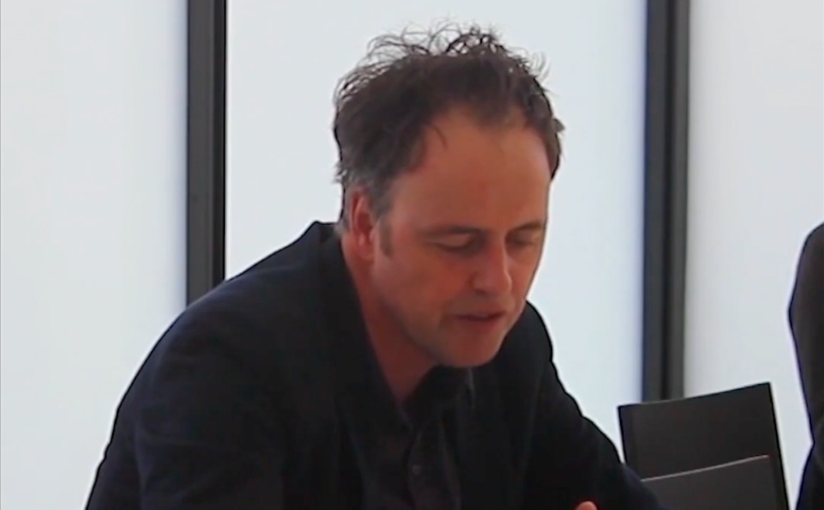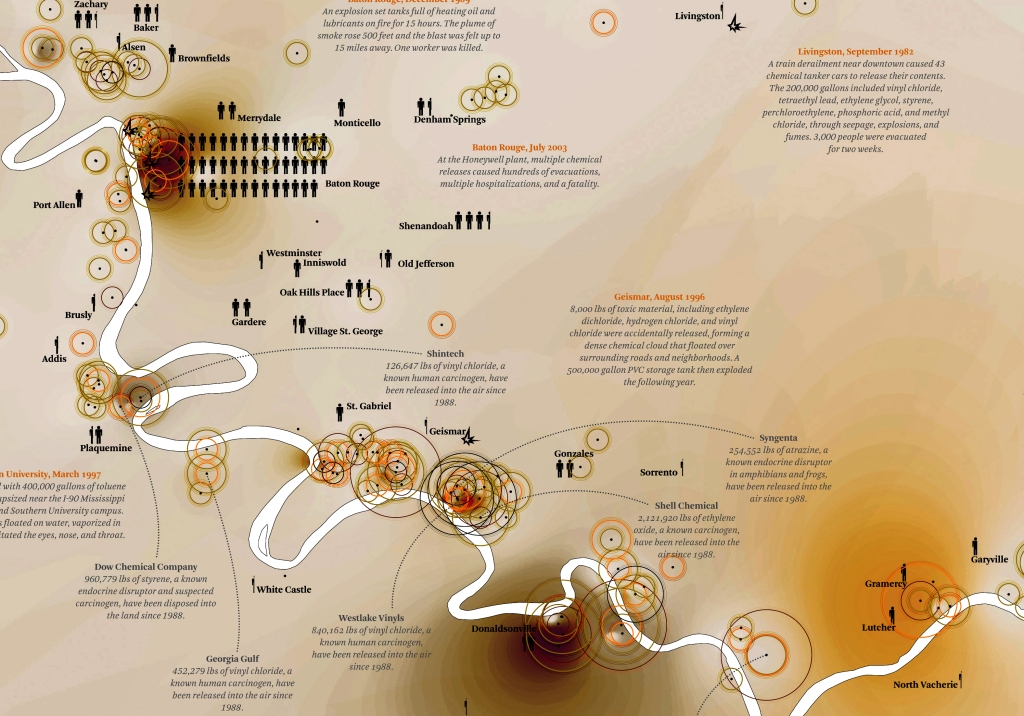Environmental ethics matter to everyone, and the sort of virtue ethics approach outlined in the preceding section has implications for everyone alive. However, in terms of scale and impact, it is those who take managerial decisions about land, whether they are politicians, policy-makers, farmers, planners, landscape architects, property developers or foresters, who ought to examine their characteristic values and reflect on their actions the most closely. Those ethicists who have argued in favour of plural sources of values and who have been willing to embrace anthropocentric reasons for protecting the environment, are surely closer to the thinking of the majority of such professionals, as well as to that of the wider public. Recognizing this however, we should never allow ourselves to slip into the sort of resourcist thinking which sees the environment with its multitude of component landscapes as a warehouse of reserves solely for the use of human beings, a point made powerfully by Heidegger in his later writings. The main message of environmental ethics is that environmental problems are not just managerial or resource problems but are moral issues, which, as Jamieson observes, ‘brings them into the domain of dialogue, discussion and participation’.
Ian Thompson, Landscape and environmental ethics (2013)
This ecosystem-focused project becomes a political statement when analyzed in relation to the threat posed to the environment in Poland. Since 2017, following the green light granted by the Ministry of Environment and State Forests Agency, the forests of Poland have been ravaged, including even the most precious primeval woodlands. Logging activities threaten the whole ecosystems – both plants and animals – as the harvesting is nonselective and enormous areas are destroyed producing ‘environmental massacre’ landscapes.
In this context the project is seen as a unique example of environmental awareness accomplished after an intense investors engagement process – The City Council of Iława, environmentalists, local historians and a broad team of designers and engineers from different disciplines. Since the very beginning of the project it has been clear that the more subtle a design intervention is, the better for the ecosystem. Also, after a long process of encouragement the decision was made to change the character of the project to non-productive and natural forest, which resulted into a no-wood-harvesting policy and protection of the dead wood.
Landscape Architecture Lab, Iława Forest (2018)
FIND IT ON THE MAP




































![Prepositions [sic]](https://landscapetheory1.files.wordpress.com/2017/01/b6e7ce43d1c8988f005ce3562c4ec380_2048w.jpg?w=825&h=510&crop=1)












































